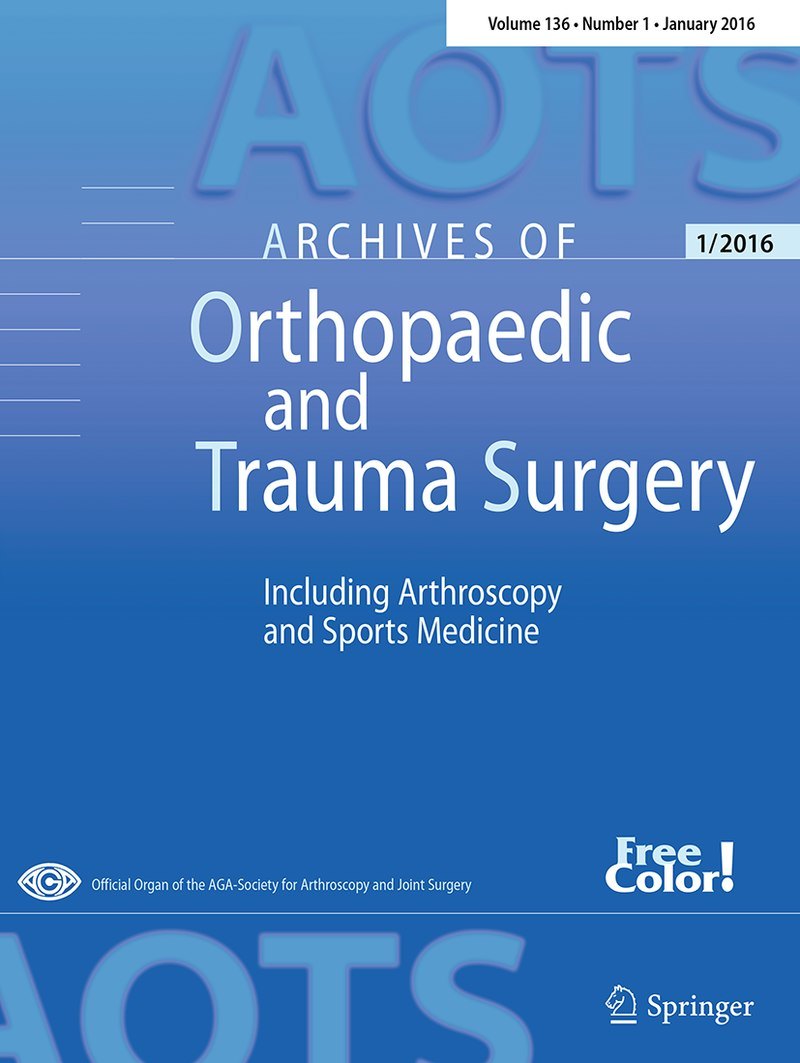
Performance of Medial Pivot Rotating Platform vs. Posterior Stabilized and TKA: AP Stability and PRO

Performance of Medial Pivot Rotating Platform vs. Posterior Stabilized and TKA: AP Stability and PRO
Performance of medial pivot, posterior stabilized and rotating platform total knee arthroplasty based on anteroposterior stability and patient-reported outcome measures; a multicentre double-blinded randomized controlled trial of 210 knees.
Arch Orthop Trauma Surg. 2024 May;144(5):2327-2335.Synopsis
Two hundred ten patients with end-stage knee osteoarthritis were randomized to receive medial pivot (MP-TKA; n = 101), rotating platform (RP-TKA; n = 57), or posterior stabilized (PS-TKA; n = 52) total knee arthroplasty. The primary outcome of interest was anteroposterior (AP) stability measured at 30°, 60°, and 90° of knee flexion. Secondary outcomes included various patient-reported outcome meas...
To view the full content, login to your account,
or start your 30-day FREE Trial today.
FREE TRIAL
LOGIN
Forgot Password?
Explore some of our unlocked ACE Reports below!

Learn about our AI Driven
High Impact Search Feature
Our AI driven High Impact metric calculates the impact an article will have by considering both the publishing journal and the content of the article itself. Built using the latest advances in natural language processing, OE High Impact predicts an article’s future number of citations better than impact factor alone.
Continue



 LOGIN
LOGIN

Join the Conversation
Please Login or Join to leave comments.